Feed formulation, feeding regimes based on nutritional bioenergetics
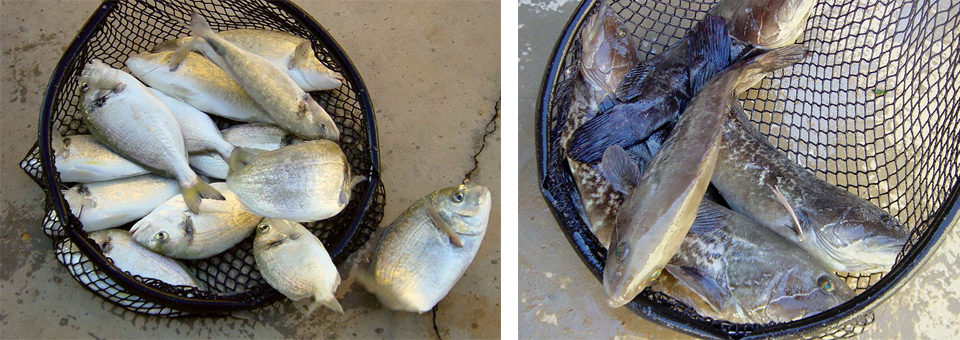
The successful culture of many fish species depends on formulated feeds containing sufficient levels of energy and protein to sustain animal growth. In addition, it is important to minimize feed waste that is costly for farmers and impacts the environment.
Aquaculture involves a great variety of species, and a general approach is needed to define energy and protein requirements so that each targeted species can realize its full growth and economic potential. Feed formulation and feeding regimes can be effectively based upon principles of nutritional bioenergetics.
The author recently carried out a study to provide a better understanding of growth and the underlying principles involved for several fish species. It focused on commercial species common to the Mediterranean area: gilthead sea bream (Sparus aurata), European sea bass (Dicentrarchus labrax), white grouper, (Epinephelus aeneus) and Asian sea bass or barramundi (Lates calcarifer).
Assumptions, calculations
A general assumption is that the energy and protein requirements of growing fish are the sum of the needs for maintenance plus growth. The requirement for maintenance, mainly a function of the size of the fish and water temperature, is proportional to the metabolic body weight in the following equation.

Where a is a constant, characteristic of a certain fish species at a set temperature, and b is the exponent of the metabolic body weight, which in fish is 0.80.
The requirement for growth is dependent on the amount and composition of the weight gain, including the cost of energy to deposit the new growth. The following equation shows how daily energy requirements can be quantified.

Where c is the cost of production in units of dietary energy to deposit energy as growth.
The same approach is used for the quantification of protein, except for the use of a different b exponent of 0.70 for metabolic body weight.

Where c is the cost of production in units of dietary protein to deposit protein as growth.
The significance of this approach is that protein and energy needs are expressed primarily in terms of absolute demand per fish body mass and anticipated weight gain.
Trial: maintenance requirements
To determine the maintenance requirement and efficiency for growth, fish were fed increasing levels of a feed with a known digestible energy (D.E.) and digestible protein (D.P.) content. Feeding levels included groups that received no feed up to maximum voluntary intake. Energy and protein gain were determined by comparative carcass analyses. All the trials were done at an average temperature of 27 degrees-C.
Fig. 1 shows that the relationship between daily D.E. consumed and energy retained are linear. During starvation, the fish would lose energy as expected. The D.E. requirement for maintenance with no energy gain or loss can be determined for each species where the y axis value is 0.
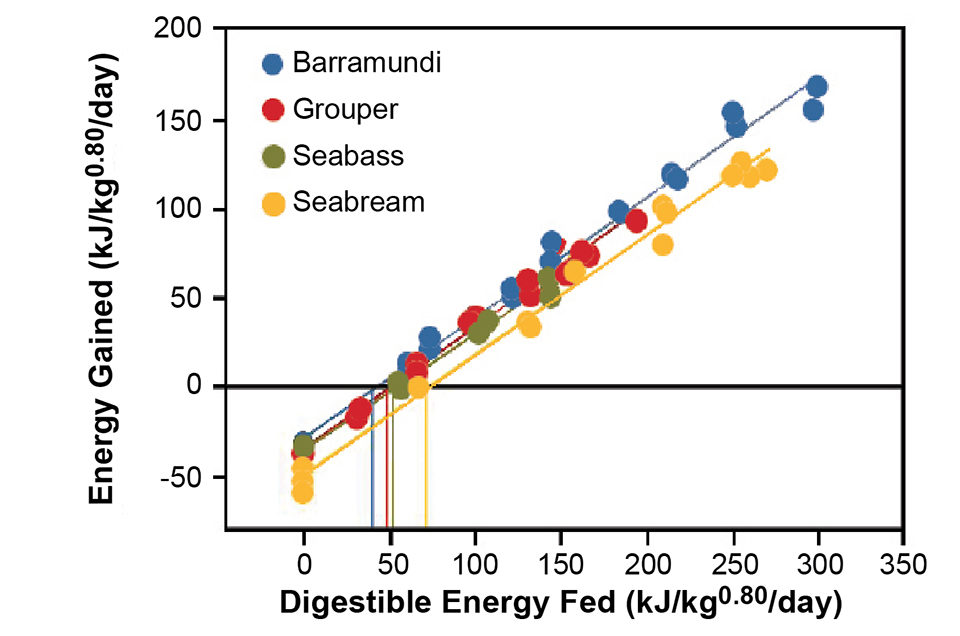
The slope of the lines in Fig. 1 (approximately 0.67), regarded as the efficiency of energy utilization for growth deposition, is very similar for all species. The reciprocal value c = 1/0.67 is a measure for the “cost of production” in units of D.E. (kJ) to deposit 1 kJ as growth. The maintenance requirement for protein can be obtained in a similar manner by examining the relationship between the digestible protein consumed and protein retained.
Trial: growth requirements
The missing part of the equation – growth – is dependent on the amount of the daily weight gain and the composition of this gain. To assess the growth potential of a species over a full production cycle, the author monitored the growth rates of fish from 1 to 450 g at different water temperatures. Fish were fed to apparent satiation, and daily weight gain was determined by periodic weighing of the animals every two weeks. All the trials were done in full-strength seawater at ambient temperatures ranging 20 to 28 degrees-C.
The following equations were developed to express daily weight gain as a function of body weight and water temperature for the study fish.
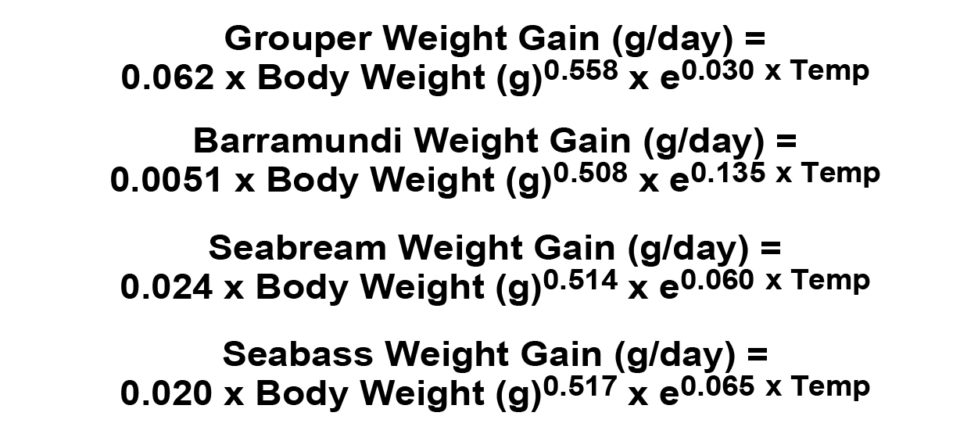
Fig. 2 shows the daily weight gain in relation to body size at an average temperature of 27 degrees-C.
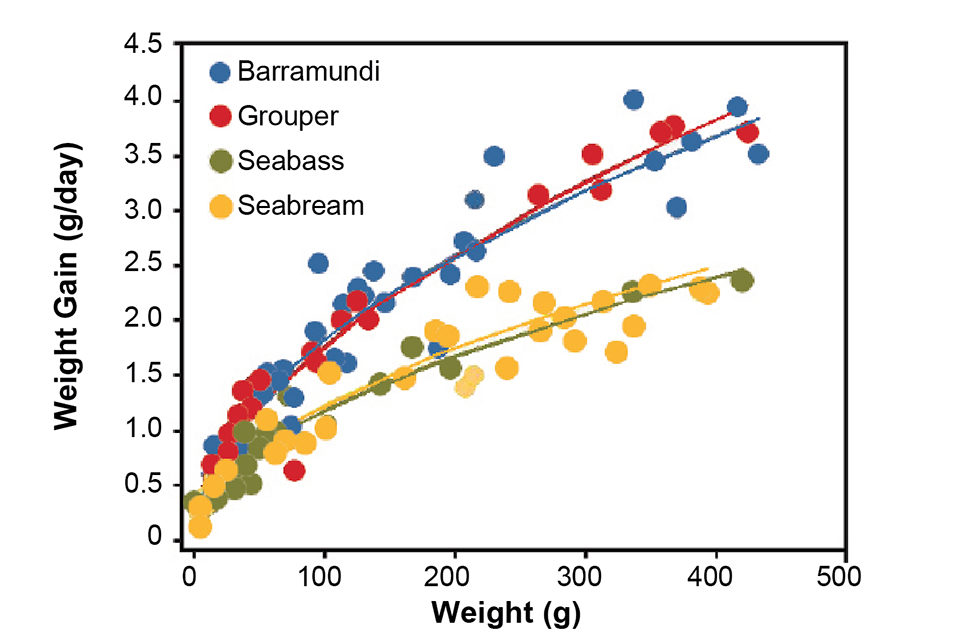
Composition of weight gain
The composition of the weight gain is an additional factor in determining energy and protein requirements. When measuring the whole body composition of fish at increasing sizes, each unit of weight gain is assumed to equal the body composition at a certain size. As pictured in Fig. 3, energy concentrations change with increasing fish weights and show different values typical for a species.
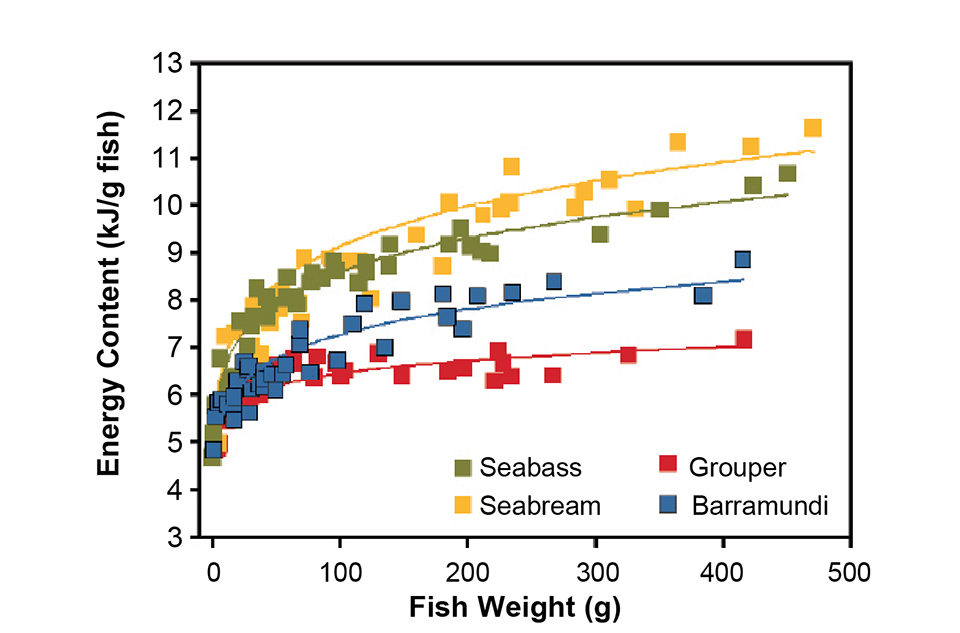
The whole body protein content is relatively constant regardless of size and fish species – on average, 169, 170, 175 and 171 mg per gram for grouper, barramundi, sea bream and sea bass, respectively. The following equations describe the change of energy density with fish size.
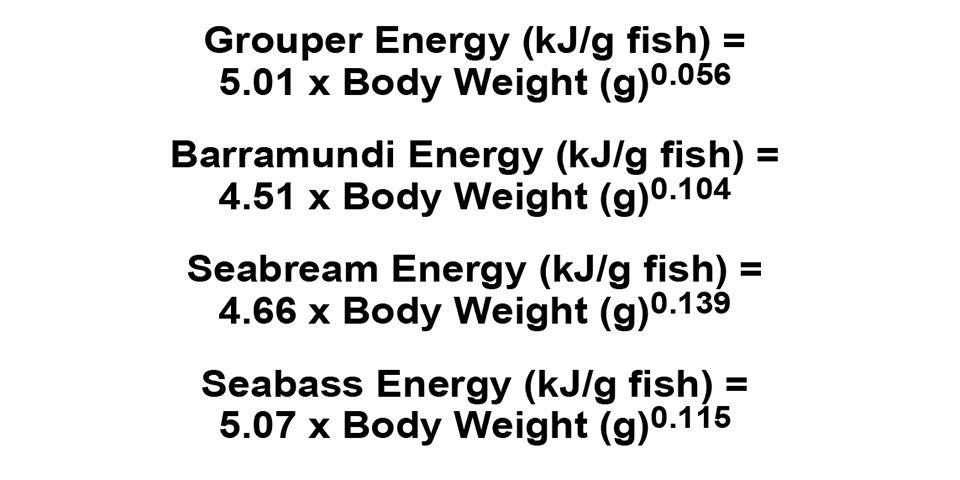
Practical applications
Using the parameters obtained, the daily energy and protein requirements can thus be determined. The following example is a comparison between grouper and seabream calculated for a water temperature of 27 degrees-C.
According to the growth prediction, a 300-g grouper has the potential to grow 3.36 grams per day. The energy content of the fish is 6.9 kJ per gram and protein content 169 mg per gram. Thus the anticipated gain would be 23.2 kJ and 0.57 grams in units of energy and protein, respectively.
Including the cost to produce this gain and the maintenance requirement, the total demand for D.E. is 53.8 kJ/day and for D.P. is 1.29 grams per day. As a result, the 300-gram grouper would have to consume 3.16 grams feed per day containing 17 MJ D.E. per kg and 409 g D.P. per kg feed, resulting in a feed-conversion ratio of 0.94.
On the other hand, a 300-gram sea bream would only grow 2.28 grams per day. The energy content of the gain is considerably higher (10.3 kJ per gram), as are maintenance requirements. Therefore, total requirements can be calculated for D.E. as 62.70 kJ per day and for D.P. as 1.18 grams per day.
As the ratio of dietary D.E. to D.P. is higher for sea-bream than grouper, the sea bream would have to consume 3.69 g feed containing 17 MJ D.E. and 320 g D.P. per kg feed, resulting in a feed-conversion ratio of 1.62.
Energy, protein calculations
Energy and protein requirements for every fish species can be calculated and adapted to changing conditions for the duration of a growth period (Table 1). Using this approach to quantify energy and protein demands, it is thus possible to estimate the biological and economical efficiency of different feeds and culture systems.
(Editor’s Note: This article was originally published in the May/June 2008 print edition of the Global Aquaculture Advocate.)
Now that you've reached the end of the article ...
… please consider supporting GSA’s mission to advance responsible seafood practices through education, advocacy and third-party assurances. The Advocate aims to document the evolution of responsible seafood practices and share the expansive knowledge of our vast network of contributors.
By becoming a Global Seafood Alliance member, you’re ensuring that all of the pre-competitive work we do through member benefits, resources and events can continue. Individual membership costs just $50 a year.
Not a GSA member? Join us.
Author
-
Dr. Ingrid Lupatsch
Aquatic Animal Nutrition
Centre for Sustainable Aquaculture Research
Swansea University, Singleton Park
Swansea SA2 8PP, United Kingdom
Related Posts

Aquafeeds
A look at phospholipids in aquafeeds
Phospholipids are the major constituents of cell membranes and are vital to the normal function of every cell and organ. The inclusion of phospholipids in aquafeeds ensures increased growth, better survival and stress resistance, and prevention of skeletal deformities of larval and juvenile stages of fish and shellfish species.
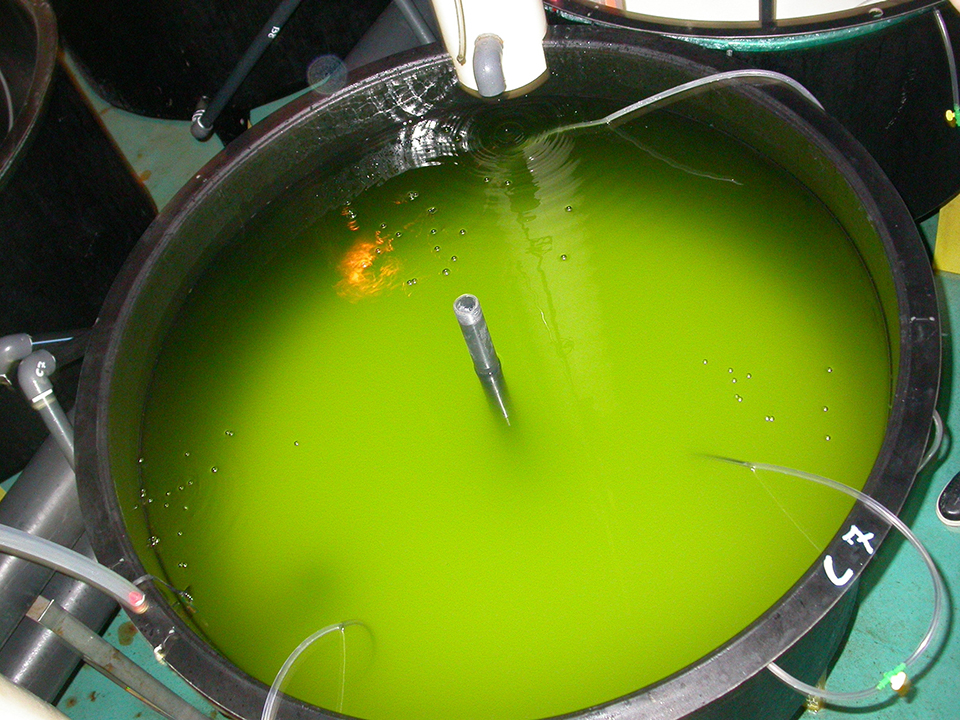
Health & Welfare
Algae alternatives serve in larval rearing of sea bream
Sea bream fry are produced using the greenwater technique in which microalgae are added to larval-rearing tanks during the first 20 to 30 days after hatching.
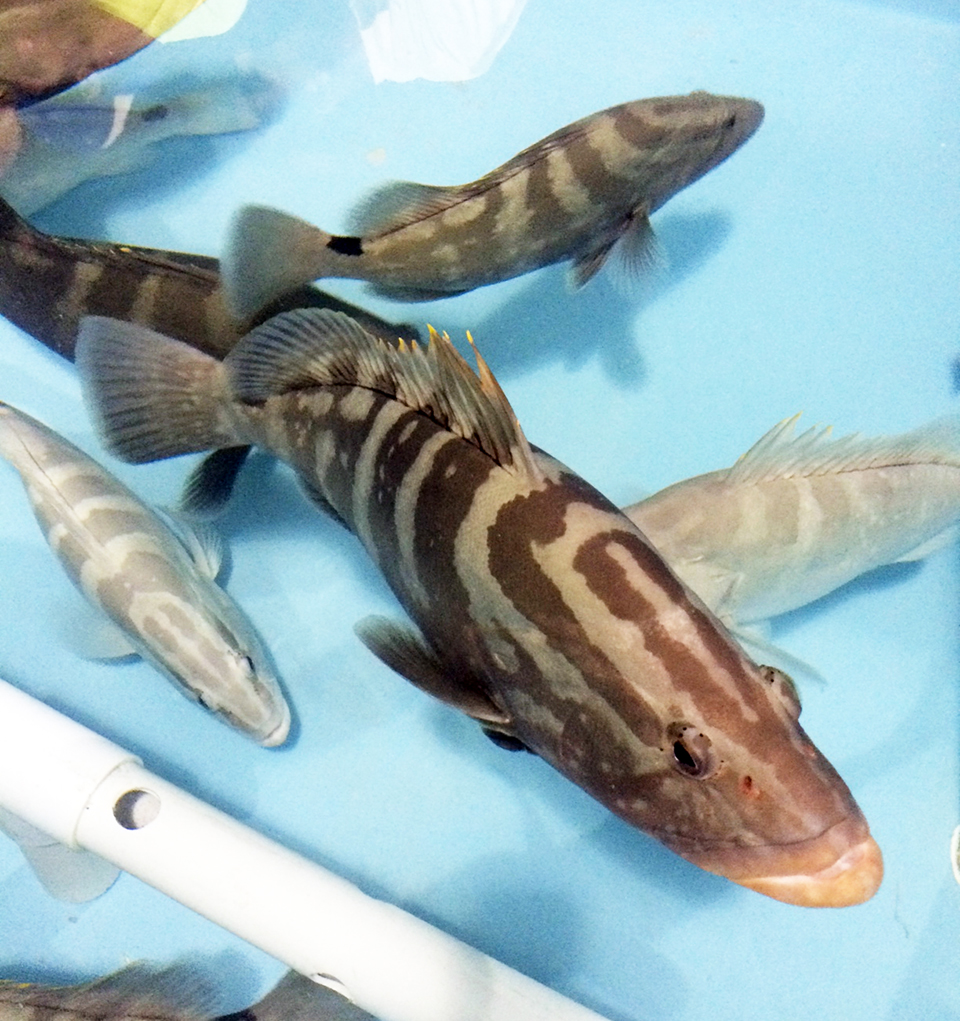
Intelligence
Bahamas venture focuses on grouper, other high-value marine fish
A new venture under development in the Bahamas will capitalize on Tropic Seafood’s established logistics and infrastructure to diversify its operations from processing and selling wild fisheries products to include the culture of grouper and other marine fish.
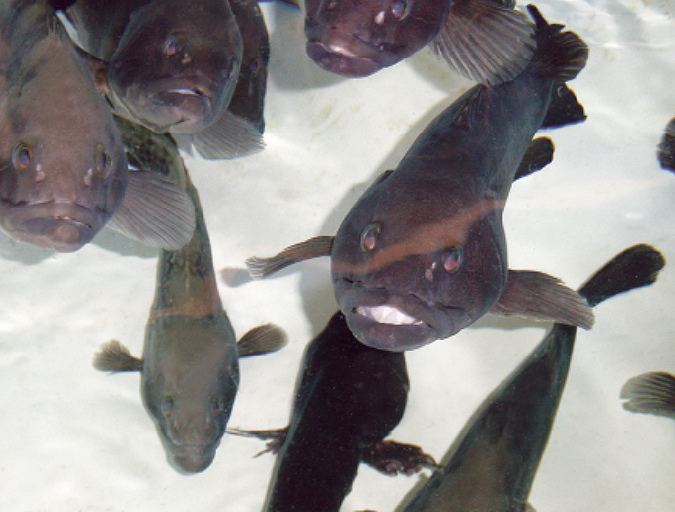
Aquafeeds
Increased density improves grouper feeding response, growth
A growth trial using hatchery-reared grouper was carried out to study the effects of stocking density on feed intake and subsequent growth. Contrary to common perceptions, fish stocked at the highest density had higher feed intake and body weights.


